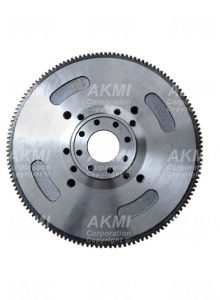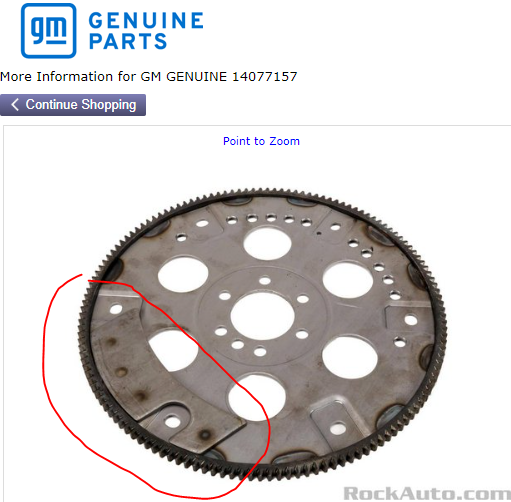Scott_2255
Active Member
- Messages
- 33
- Reaction score
- 101
The bolts were torqued and blue loctite when I installed it. It has less than probably 1.5 hrs runtime due to the vibrations. It definitely has me wondering.. for less than 60 I can put in a new one, kicking myself for not installing a new one when I re-built it. Lessons learned, lets hope that replacing the flex plate resolves it. I'll update this when I replace it, another weekend under the truck.Are (all) the flex plate to crank flange bolts torqued down, or even tight? That wobble could be due to loose/backing out bolts and at different RPMs the harmonic vibrations would get stronger/weaker as it wobbles. Or, it could be a bent flex plate, too.


